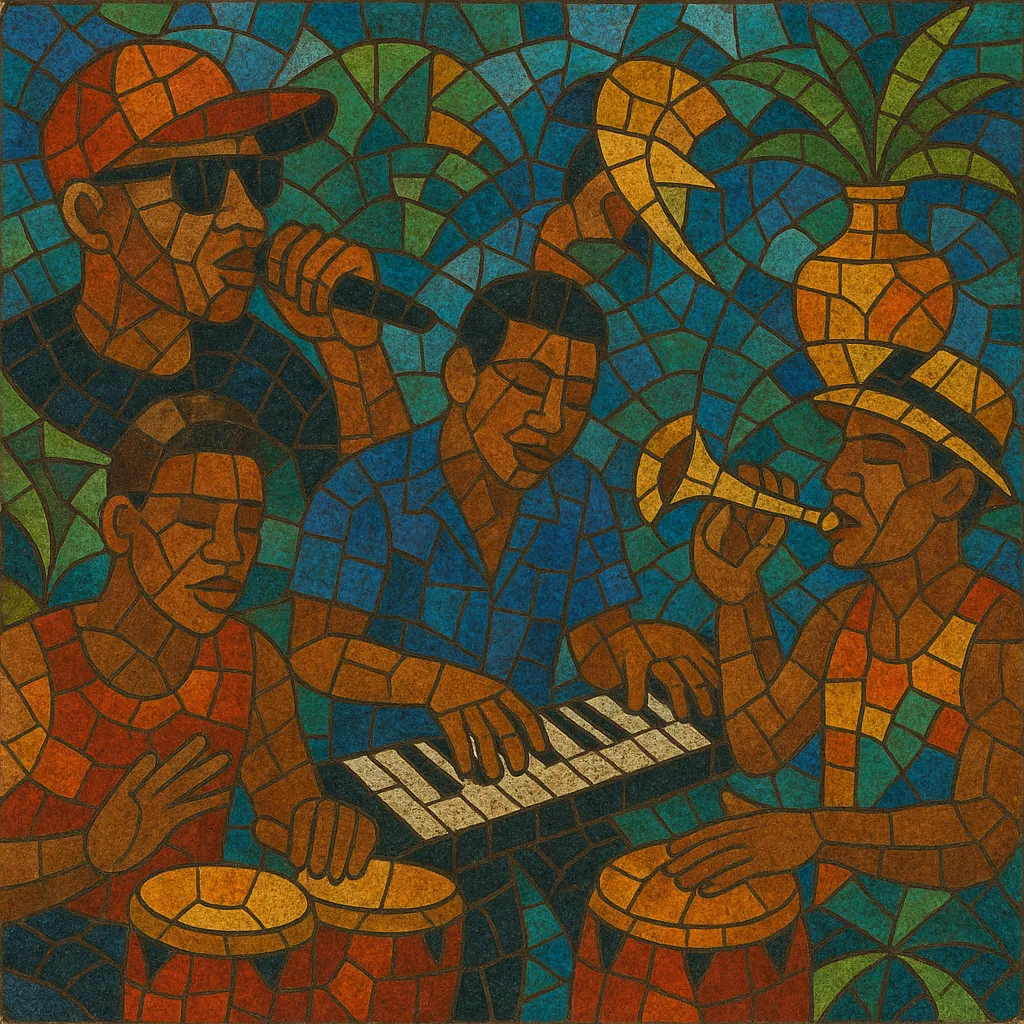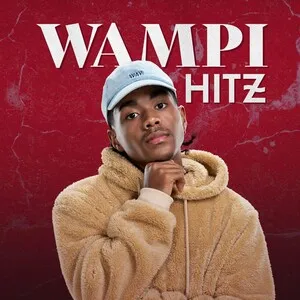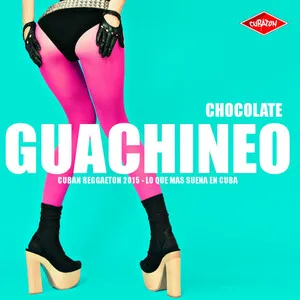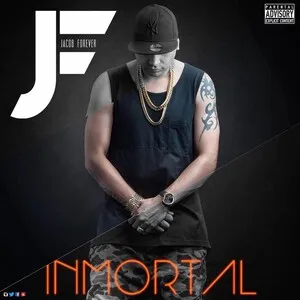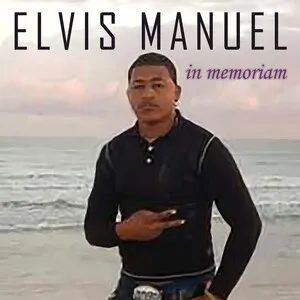Cubatón is the Cuban take on reggaeton, fusing the dembow pulse with Cuba’s deep dance-music traditions such as timba, son cubano, and songo.
It keeps reggaeton’s club-ready tempo and MC-driven hooks, but adds montuno-style piano vamps, clave-aligned phrasing, horn riffs, and coro–pregón call-and-response rooted in Cuban popular music.
Lyrically it is streetwise and party-focused, packed with Cuban slang, humor, and double entendre, and designed for high-energy social dancing.
Cubatón emerged in the early 2000s as reggaeton’s Caribbean dembow reached Havana’s barrios and youth scenes. Cuban artists adapted the beat by layering it with timba and son cubano elements—clave logic, tumbao bass figures, montuno piano, and coro–pregón structures—creating a distinctly local swing and attitude.
By the mid-2000s, groups like Eddy-K and early Gente de Zona helped popularize the sound through informal networks (pirate CDs, USB sticks, community parties). The music’s contagious dance focus, everyday slang, and humor made it a staple at neighborhood festivities and clubs.
As its popularity surged, cubatón drew criticism from cultural institutions for lyrical explicitness and perceived vulgarity. Some songs faced radio restrictions, yet the genre continued to thrive in informal circuits and live shows, reinforcing its identity as an urban, youth-driven form.
In the 2010s, Cuban urban artists increasingly collaborated across the Latin pop and mainstream reggaeton markets. Acts linked to the cubatón scene, such as Gente de Zona and Jacob Forever, crossed over with hits that blended Cuban rhythmic DNA with pan–Latin pop hooks, bringing wider visibility to the Cuban flow.
Cubatón’s sound and scene set the stage for reparto, a faster, more percussive Cuban urban style optimized for dance trends and viral circulation. While many artists diversified into trap, pop, or global reggaeton, cubatón’s signature mix—dembow plus Cuban rhythmic language—remains a foundation for Cuba’s contemporary urban music.

